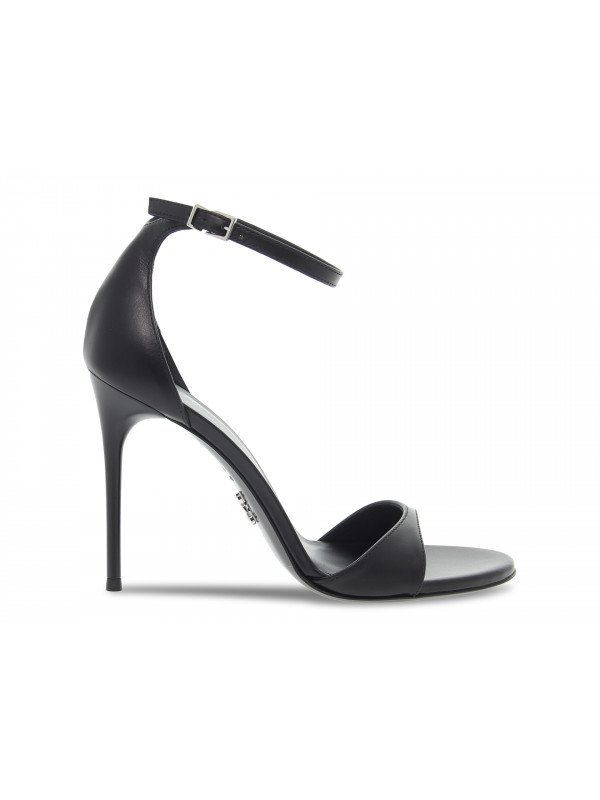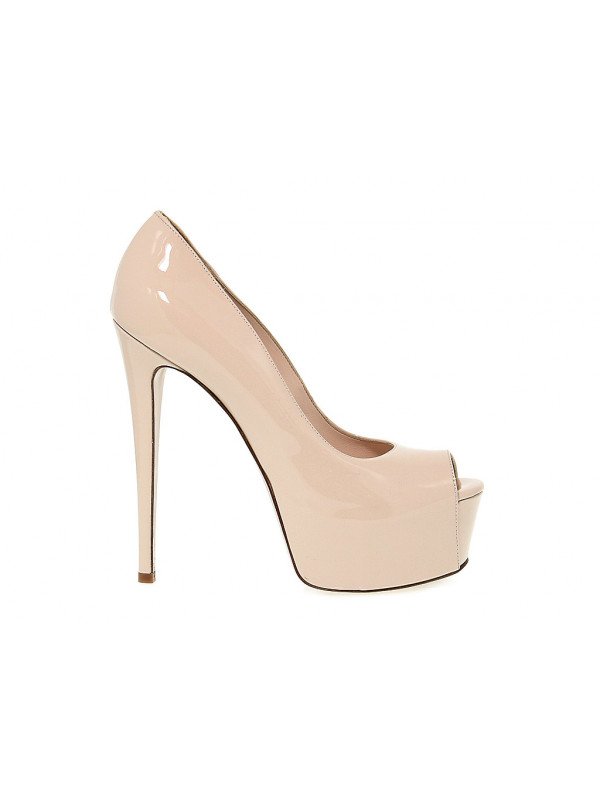How to Learn to Walk in High Heels
Wearing high-heeled shoes can completely transform your look, adding a touch of elegance and sophistication. However, mastering the art of walking in heels requires practice and attention to various details.
Here are some helpful tips to assist you:
- Heel Height: Start with lower heels (5-7 cm) before moving on to higher ones.
In addition to not overdoing the height, you need to choose the type and thickness of heel that suits you best.
Here are some examples:
- Stiletto Heel
- Flare Heel
- Stiletto Heel
- Hourglass Heel
- Square Heel
- Banana Heel
- Triangular Heel
- Cone Heel
- Choose the Correct Size: This applies to all types of footwear, but especially when it comes to high heels, you should avoid both too small and too large sizes. Wearing shoes that are too small will cause your feet to be constricted and painful, making walking difficult and unattractive. On the other hand, choosing a size too large will cause your foot to move up and down inside the shoe, also making walking difficult and aesthetically unpleasing.
- Ankle Straps or Platforms: When starting to wear high heels, pumps can be more challenging than shoes with ankle straps (which provide more stability) or platforms (which reduce the difference between the heel and the toe).
 |
 |
- .
- Quality of Materials: When you are not used to walking in high heels, it is important to pay attention to the quality of the materials. Many materials are hard and uncomfortable, making it much more difficult to walk in such shoes. You should invest in a pair of heels with a good quality-price ratio; at Guidi Calzature, you can find shoes to meet all your needs.
- Shoe Model: In addition to pumps and sandals, there are many shoe models with different toe shapes and widths. You need to consider both the model you like the most aesthetically and the one that guarantees maximum comfort. Think about where your feet tend to get red, swollen, or blistered. Considering all this, you can find the model that suits you best.
- Walking Technique:
- Short and Slow Steps: Start walking by taking small, slow steps to maintain balance and reduce the risk of tripping.
- Heel-Toe: Place the heel on the ground first, then the toe, never the other way around. This movement helps distribute weight properly and walk more naturally and gracefully.
- Correct Posture: Always keep your back straight, shoulders back, and chin parallel to the ground. This not only makes you look more elegant but also helps you maintain balance.
Before you start walking, it can be very helpful to imagine a straight line on the floor to follow, so you can learn to keep your back and feet straight.
While walking, try to keep your thighs, knees, and feet as close together as possible.
- How to Relieve and Prevent Pain:
- Use Cushions: They are available for both the ball and the heel of the foot. Various thicknesses are available on the market, so consider the space available in the shoe to avoid making it too tight.
- Soft Insoles
- Silicone Caps: Perfect for toes prone to blisters.
- Anti-Blister and Anti-Friction Sticks: Ideal for areas where you don't want to apply a band-aid. Since it doesn't last long, we recommend keeping it in your purse.
 Deutsch
Deutsch  Español
Español  Français
Français  Italiano
Italiano 


